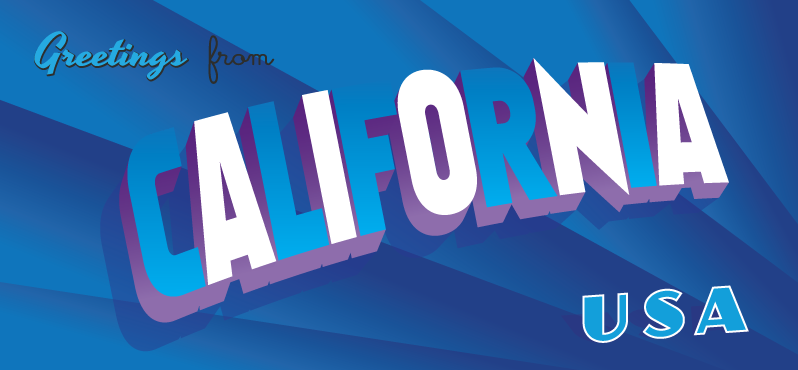
UBA survey finds California employers offer the most generous account-based plans.
New data released from United Benefit Advisors (UBA), the nation’s leading independent employee benefits advisory organization, reveals that California employers offer the most generous employee benefits through account-based plans such as Health Reimbursement Arrangements (HRAs) and Health Savings Accounts (HSAs).
According to UBA’s 2015 Health Plan Survey, the nation’s most comprehensive health plan survey of more than 10,000 employers representing more than 5 million total lives:
• California offers the best HRA and HSA plans for singles and families.
• California leads the country with the highest HRA contributions for singles, which average $2,288.
• Families in California receive the second highest average family contribution to HRAs at $3,950, a 13 percent decrease from three years ago when they led the nation at $4,537.
• The average employer contribution to an HSA was $491 for a single employee and $882 for a family. California, however, is the only region in the country that increased contributions over the last three years, making them the most generous in the nation by contributing $981 to singles and $1,789 to families.
“In California, health insurance costs are so high that employees very often gravitate to the lowest cost options, typically the HSA-compatible high deductible plans,” says Keith McNeil, Benefits Advisor with Arrow Benefits Group in California, a UBA Partner Firm. “HRAs have been under health plan scrutiny due to the trend of self-insuring the high deductible through an HRA, which the health plan believes raises the cost of their plans. They have threatened penalties for non-compliance. So in the small group market, it has been much easier to simply offer HSA compatible plans and include the HSA as an option to members.”
UBA found that nationwide, 23.9 percent of all health insurance plans offered an HRA or HSA in 2015, a significant (29 percent) decrease from the prior year. “One explanation for this downward trend in regards to HSAs is that faulty plan design, in some instances, has led to smaller pricing gaps between traditional plans and HSA compatible plans,” says Steve Salinas, Benefits Advisor with Bridgeport Benefits, a California-based UBA Partner Firm. “Many insurers have added stipulations to their contracts disallowing employer-funded accounts in the presence of a high deductible plan.”
Enrollment and contributions to these account-based plans varied wildly based on employer size, industry, and region, UBA finds.
For example, while large employers typically offer the lowest contributions to account-based plans, companies with 200 to 1,000+ employees saw the most dramatic increases in enrollment, ranging from 50 to 90 percent over the last three years.
“Large employers (1,000+ employees) have not typically offered competitive HRA or HSA plans because they are able to offer other types of more generous plans,” says Les McPhearson, CEO of UBA. “But this is the sector to watch: If they see the kind of double-digit cost increases other employer groups already have, they may have no choice but to offer more attractive HRA and HSA plans in an effort to control costs.”
Blog written by Bill Olson, Chief Marketing Officer at United Benefit Advisors



